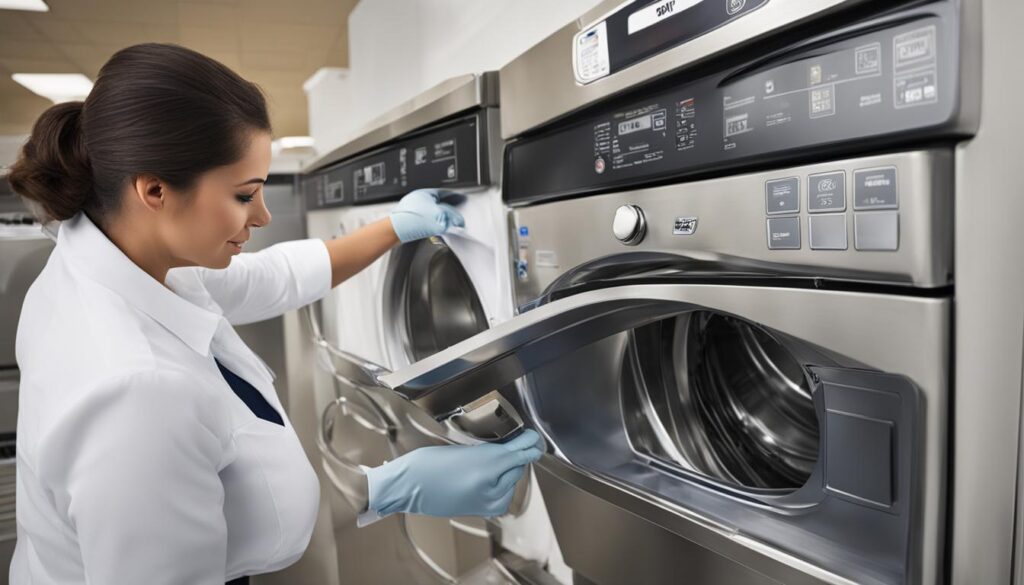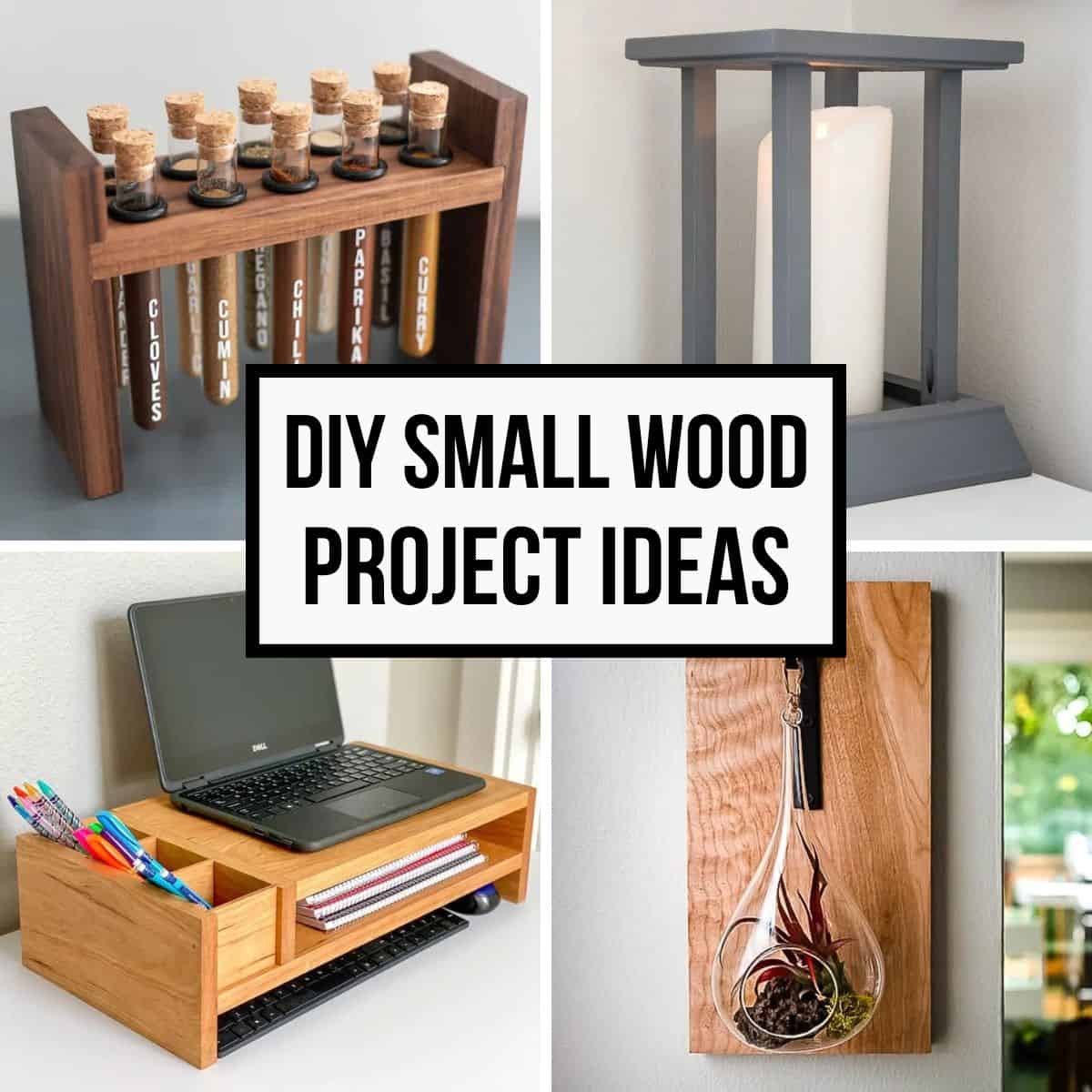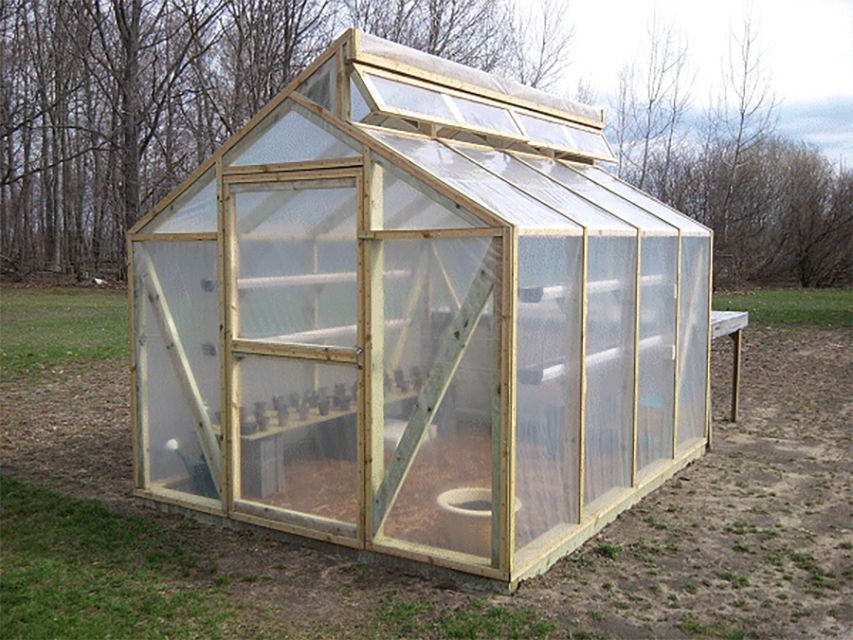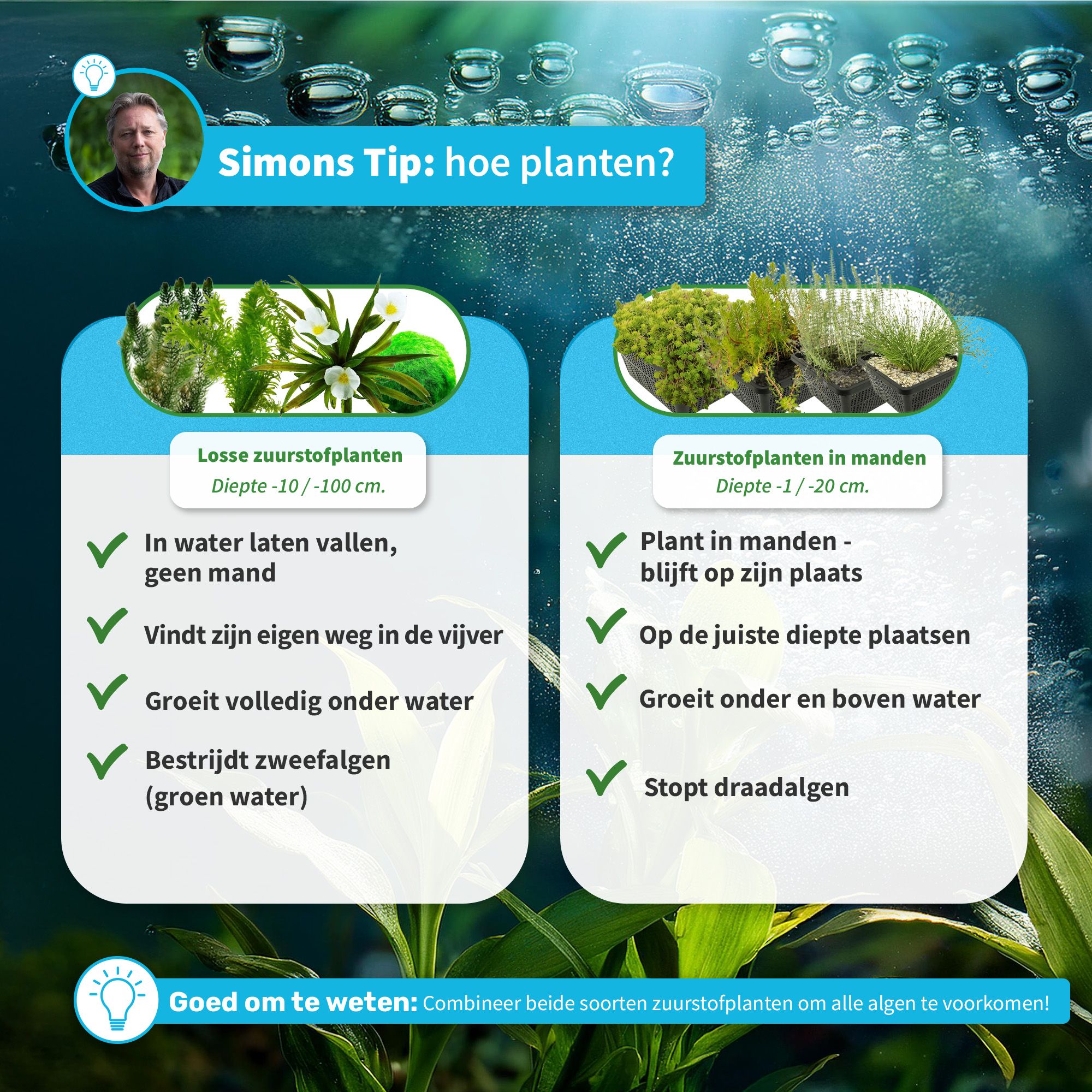Expert Solutions to Boost Water Pressure in Your Home: Step-by-Step Guidance for Lasting Results
Understanding Low Water Pressure: Causes and Effects
Low water pressure can disrupt daily routines, from taking showers to running appliances. The causes often include pipe blockages, aging plumbing, faulty fixtures, leaks, or issues with the municipal water supply. Understanding the specific reason for your home’s low water pressure is essential before implementing solutions. Common symptoms include weak shower streams, slow-filling sinks, and appliances that take longer to operate. Identifying whether the problem affects the entire house or just specific fixtures can help narrow down the cause and guide your next steps. [1]
Step 1: Diagnose the Source of the Problem
Begin by determining if the low pressure is isolated to one fixture or present throughout your home. If only certain fixtures are affected, the issue may be with clogged aerators or showerheads. If the problem is widespread, it could be due to pipe corrosion, leaks, or municipal supply issues. A quick way to check is to turn on different faucets and note where the pressure drops. For persistent, whole-house pressure issues, consulting a professional plumber is recommended. They have the tools and expertise to diagnose hidden leaks, internal pipe corrosion, or faulty pressure regulators. [4]
Step 2: Clean and Upgrade Fixtures
Mineral deposits from hard water can clog showerheads and faucet aerators, restricting water flow. Removing and soaking these components in vinegar overnight can dissolve mineral buildup. Scrub with an old toothbrush to clear away debris before reinstalling. If cleaning does not restore adequate flow, consider replacing old fixtures with high-pressure models designed for better water delivery. Modern fixtures often feature improved design and higher flow rates, which can significantly enhance your experience. [3]

Source: wikihow.com
Step 3: Inspect and Repair Leaks
Even a small leak can cause a significant drop in water pressure. Inspect visible pipes, joints, and fixtures for signs of moisture, rust, or drips. Pay attention to areas around toilets, under sinks, and in the basement. Addressing leaks promptly not only restores pressure but also prevents water damage and costly repairs in the future. While minor leaks may be repaired with pipe tape or replacement washers, larger leaks or hidden leaks behind walls should be handled by a licensed plumber. [1]
Step 4: Flush Pipes and Water Heaters
Over time, sediment and debris can accumulate inside pipes and in your water heater, restricting water flow and lowering pressure. Flushing your water lines can help remove these blockages. For water heaters, follow the manufacturer’s instructions to safely drain and flush the tank. This process can improve not only pressure but also the efficiency and lifespan of your water heater. Make sure to turn off the power or gas supply before attempting this maintenance task. [2]
Step 5: Ensure All Main Water Valves Are Fully Open
Sometimes, low pressure is caused by partially closed main water supply valves. Check the valve where your water line enters the house, as well as any inline shut-off valves, to ensure they are fully open. A valve that is only partially open can restrict flow and dramatically reduce pressure to the entire home. If you recently had plumbing work done, a valve may have been left slightly closed by accident. [4]
Step 6: Adjust or Replace the Pressure Regulator
Many homes are equipped with a pressure regulator to control water pressure from the municipal supply. If this device malfunctions, it can cause a noticeable drop in water pressure. A professional plumber can test the regulator and make adjustments or replace it if necessary. Adjusting or replacing a faulty pressure regulator often leads to immediate improvements in water flow. [1]
Step 7: Upgrade Old or Corroded Pipes
In older homes, galvanized steel pipes can corrode and become clogged with rust and sediment, severely restricting water flow. Upgrading to modern materials such as copper or PEX can make a significant difference in overall water pressure and quality. While pipe replacement is a major investment, it can resolve chronic pressure issues and improve the reliability of your plumbing system for years to come. [5]
Step 8: Install a Water Pressure Booster Pump
If you have addressed all other potential causes and your water pressure remains low, installing a water pressure booster pump may be the most effective solution. Booster pumps increase the pressure of water entering your home, ensuring consistent flow even in multi-story homes or areas with low municipal pressure. Installation is complex and should be performed by a qualified plumber. Booster pumps require an initial investment and ongoing energy costs, so consider these factors when deciding if this solution is right for you. The average cost for installation can range from $300 to $8,000 depending on the size and complexity of your system. [2]
Alternative Approaches and Professional Help
If you are unsure about any of the steps above or if the problem persists after trying these solutions, seek advice from a licensed plumber. Professionals have diagnostic tools to identify hidden leaks, test pressure regulators, and offer customized solutions. For those living in areas with chronic municipal water supply issues, local water authorities may provide guidance on improving service or may offer upgrades to your connection upon request. Always choose licensed and insured contractors for major plumbing work to ensure quality and compliance with local codes.
Benefits of Increasing Water Pressure
Improving your home’s water pressure offers immediate and long-term benefits, such as faster appliance operation, more comfortable showers, and reduced risk of plumbing-related issues. Higher water pressure can help prevent mineral buildup, reduce noise from fixtures, and even enhance water taste by flushing out sediments. [4] Efficient water flow can also save time and water, making daily routines smoother and more enjoyable.

Source: alldryus.com
Step-by-Step Summary for Homeowners
- Identify if the issue is isolated or affects the whole house
- Clean fixtures and aerators
- Inspect and repair leaks
- Flush pipes and water heaters
- Ensure all main valves are fully open
- Check and adjust or replace the pressure regulator
- Upgrade corroded or outdated pipes if necessary
- Consider installing a booster pump for persistent issues
When in doubt or for complex issues, consult a licensed plumber or contact your local water utility provider for further assistance.
References
- [1] Reynolds Energy Plumbing (2024). How to Increase Your Home’s Water Pressure.
- [2] This Old House (2024). How To Improve Water Pressure on City Water.
- [3] Fresh Water Systems (2025). How to Increase Water Pressure in Your Shower (8 Proven Methods).
- [4] Balkan Plumbing (2022). How to Increase Water Pressure: A Property Owner’s Guide.
- [5] Chas Roberts (2023). How to Improve the Water Pressure in Your Home.
MORE FROM hotondeals.com













